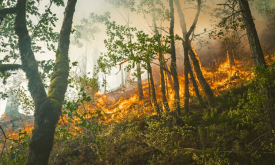Disaster Risk
Main navigation
User account menu
Language
Main navigation
User account menu
Language





